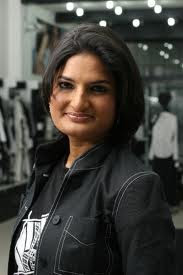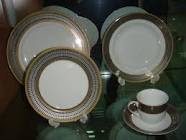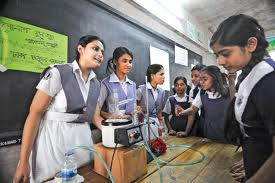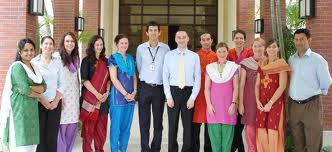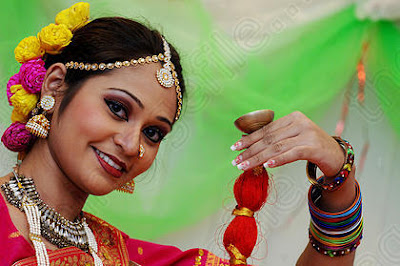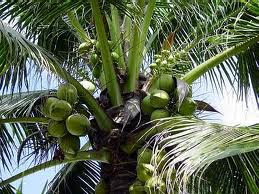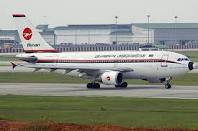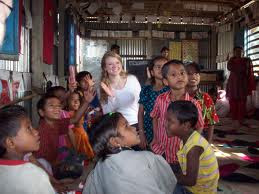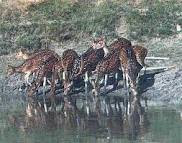Internet search
The best way to look for an opportunity to earn through internet is to go for an internet search. Use a key word such as "earn money", "profit from the internet" or any other similar one. You will get millions of results. Most of these could be scams but some of these offer genuine earning opportunities. The following are some of the ways you could differentiate a genuine site from the scams.
· Go to some of these sites and read the content in order to evaluate what they are trying to tell you. Some of the sites will tell you that you could earn thousands overnight and also they will have photo graphs of those who have done so. Sometimes you may see a video also for that effect. Leave those sites; they are scams for sure. There is no one who will give you such large sums whatever you do.
· Some of the sites will not talk about millions but they will want you to pay a membership fee and register with the site for details. However, they will provide some details of the way you are going to earn. Asking for a fee is a good sign but you need to check and see if what they offer is within your skills. If not, you need to go for more searches. If any site tells you that they offer the earning opportunity entirely free, be careful of such sites. Don't rely on them.
· When you try to find an earning opportunity in the internet using your website, there will be different types of opportunities. You need to select one that you know about. If anyone who is known to you is earning with the particular method, you could rely on it.
· Affiliate marketing programs will not only provide you opportunities of earning but also will help you in website building also.
Though there are many ways to earn through the internet using your website to earn money is a better and more reliable way to do it. If you are able to find a good source of income you could get a reputed company to build your web site and your website building costs could be offset in a short time. Internet is a good source to earn money if you have a good website.
The best way to look for an opportunity to earn through internet is to go for an internet search. Use a key word such as "earn money", "profit from the internet" or any other similar one. You will get millions of results. Most of these could be scams but some of these offer genuine earning opportunities. The following are some of the ways you could differentiate a genuine site from the scams.
· Go to some of these sites and read the content in order to evaluate what they are trying to tell you. Some of the sites will tell you that you could earn thousands overnight and also they will have photo graphs of those who have done so. Sometimes you may see a video also for that effect. Leave those sites; they are scams for sure. There is no one who will give you such large sums whatever you do.
· Some of the sites will not talk about millions but they will want you to pay a membership fee and register with the site for details. However, they will provide some details of the way you are going to earn. Asking for a fee is a good sign but you need to check and see if what they offer is within your skills. If not, you need to go for more searches. If any site tells you that they offer the earning opportunity entirely free, be careful of such sites. Don't rely on them.
· When you try to find an earning opportunity in the internet using your website, there will be different types of opportunities. You need to select one that you know about. If anyone who is known to you is earning with the particular method, you could rely on it.
· Affiliate marketing programs will not only provide you opportunities of earning but also will help you in website building also.
Though there are many ways to earn through the internet using your website to earn money is a better and more reliable way to do it. If you are able to find a good source of income you could get a reputed company to build your web site and your website building costs could be offset in a short time. Internet is a good source to earn money if you have a good website.





